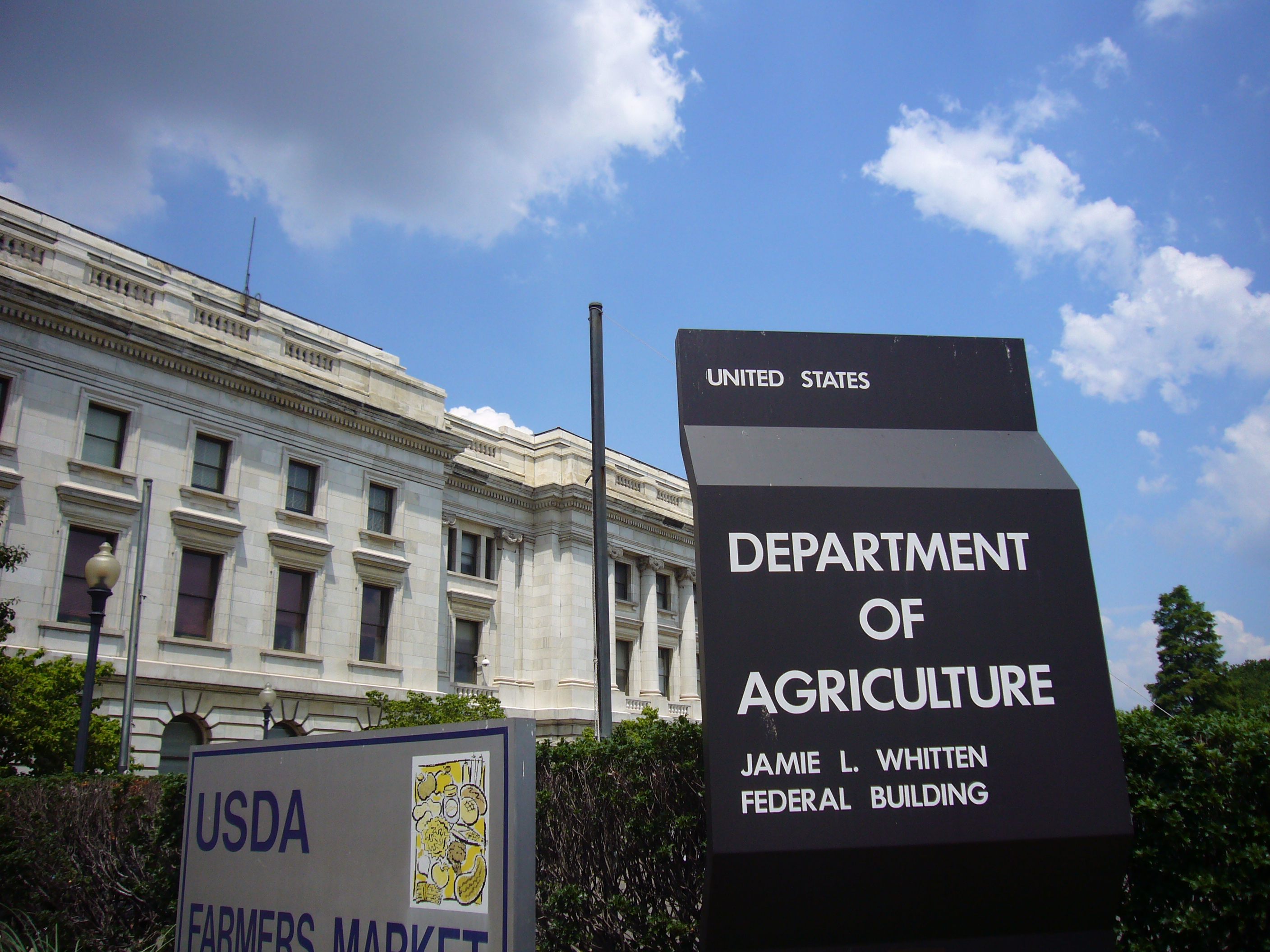The Farmer Who Sold Millions in Fake Organic Seeds Is Now Headed to Prison
Organic seeds are lucrative.

(Photo: Buelldm/GNU)
The inspector for the Idaho State Department of Agriculture was confused.
A manager at the Caldwell, Idaho, plant he was inspecting in March 2015 had just stated that a farmer named Bernard Saul had delivered around 300,000 pounds of alfalfa seeds in an eight-month period to be coated—a process by which the some inert compounds are added to the seeds, to increase reliability when it comes to planting.
But to Jason Laney, the inspector, 300,000 pounds seemed impossible. Saul’s farm in Bliss, Idaho, was just 48 acres, and should only be producing 15 percent of that total, according to the Capital Press. Laney would know, since he had inspected Saul’s farm himself the prior year.
What was going on here? Fraud, among other things, and a criminal scheme that Saul, 58, had been running for years. Fake organic foods can be massively lucrative, since foods labeled as organic can command such high prices. In Saul’s case, that meant he could sell his seeds at $1.25 a pound more than what he might get if they were conventional seeds. That may sound small, but it added up: to over $1.9 million in profits over the course of around five years, prosecutors have said.
With that money, Saul lived the good life, buying, among other things, 438 acres of land, a $36,505 Dodge truck; a boat and trailer worth $42,553, and $20,000 in payments on an RV, according to the Idaho Statesman.
But that was before investigators caught up to him, and before Laney noticed the discrepancy. The probe into Saul was made public in February, and, a month later, he was in court, pleading guilty to charges of wire fraud and money laundering. On Tuesday, he received his sentence—three years in prison, and restitution of $1.9 million. The truck, boat, trailer, and land were all forfeited to the government, and Saul would be going to prison. (A lawyer for Saul did not immediately respond to a request for comment, but told the Idaho Statesman in March that, Saul “accepts responsibility for his actions and will do what he can to make things right with his customers.”)

(Photo: Public Domain)
Saul’s case is extreme, but organic product fraud can be a real problem. Last year, for example, the U.S. Department of Agriculture settled over a dozen cases of alleged organic labeling fraud with producers, collecting $1.8 million in civil penalties to go along with it. And those numbers do not include state departments of agriculture, like Idaho’s, who do their own inspections. But all of this oversight is trained only on American farms, while a huge portion of organic food originates overseas, where organic standards may not be the same. The USDA is also supposed to keep an eye out on those products as well, handing out certificates to producers who meet organic standards, but, as the journalist Peter Laufer has pointed out, it isn’t exactly hard to forge those certificates.
Saul’s fraud turned out to be both simple and sophisticated, seemingly easy to get away with up until the point that it wasn’t. That’s because Saul was growing organic alfalfa seeds on his farm. But that was a cover for a bigger operation: buying non-organic alfalfa seeds in bulk and then turning around and reselling them as organic, according to the Capital Press. Buyers, for their part, had no reason to believe they were fake, since the seeds ostensibly came from Saul’s farm, which had been inspected and approved.
Laney’s visit to the seed coating processor, though, would put an end to all of it, and over the course of several months, the Idaho State Department of Agriculture slowly built their case against Saul. Three times between April 2015 and August 2015, they collected sample seeds from the seed coating plant that were Saul’s, and then had them tested, according to the Capital Press. All three samples came back positive for pesticides and fungicides.
Meanwhile, the FBI got involved, looking into Saul’s bank records, where they found, inevitably, a raft of deposits from organic seed buyers. If, by this time, Saul didn’t know he was under scrutiny, he probably found out on September 20, 2015, when investigators searched his house. Six months later he was in court, admitting to fraud.








Follow us on Twitter to get the latest on the world's hidden wonders.
Like us on Facebook to get the latest on the world's hidden wonders.
Follow us on Twitter Like us on Facebook